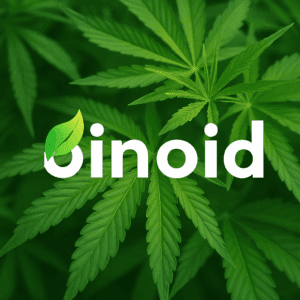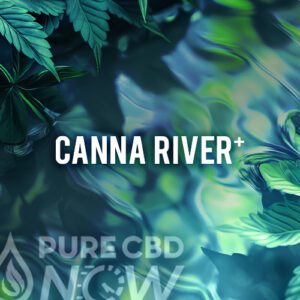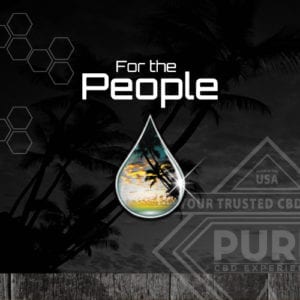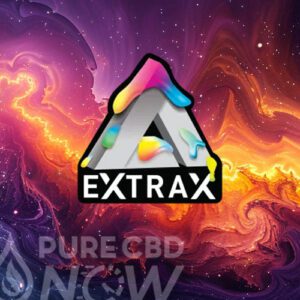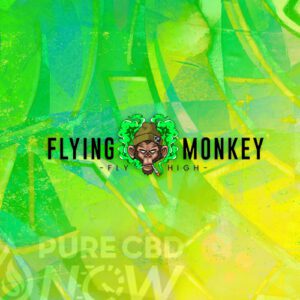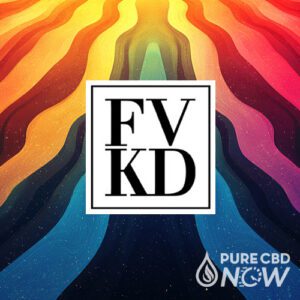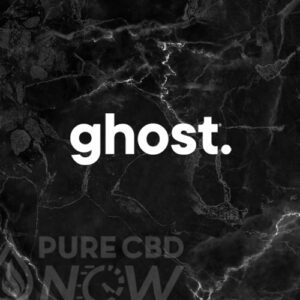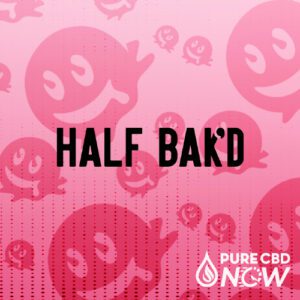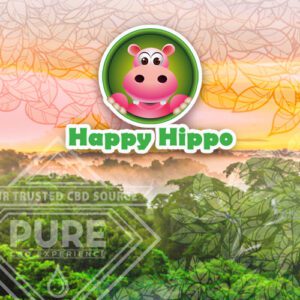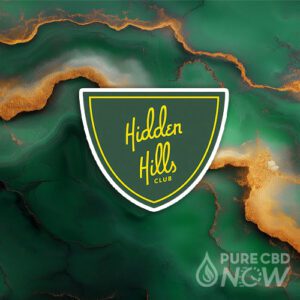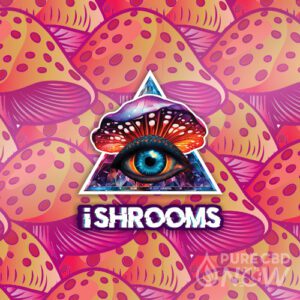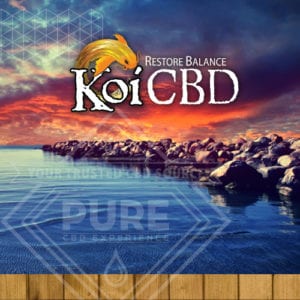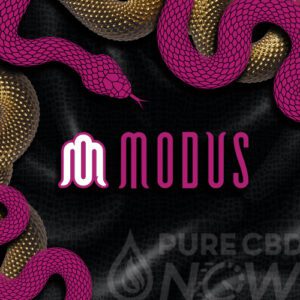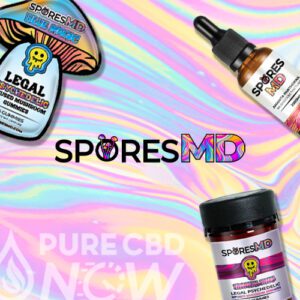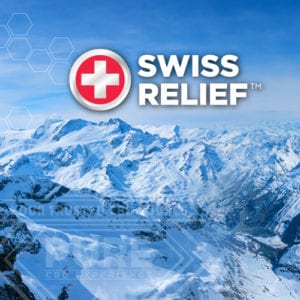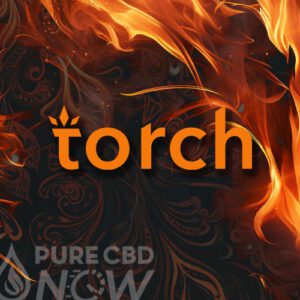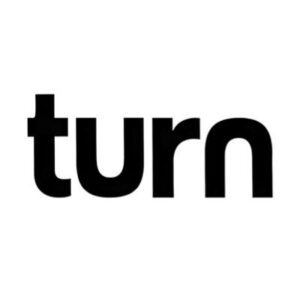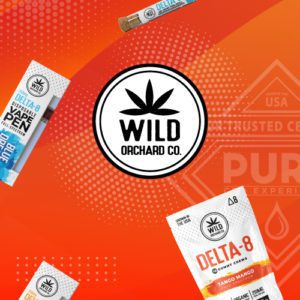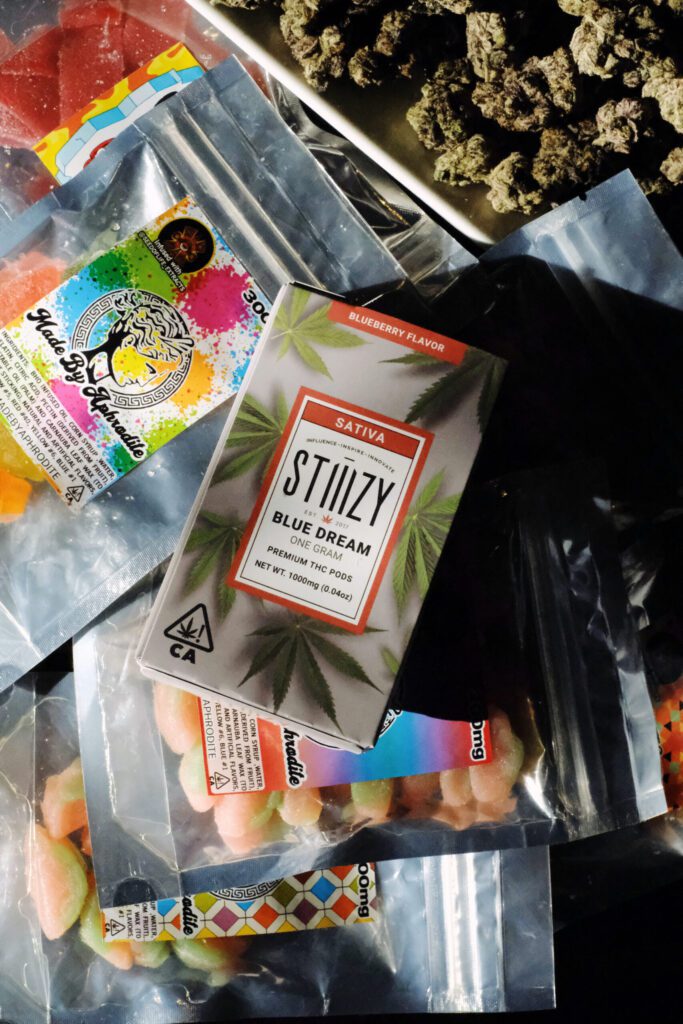Usage Guide
Below is a dosing chart based on body weight and oral ingestion to help you determine the right CBD Usage:
| Body Weight (lbs) | Low Usage (mg/day) | Moderate Usage (mg/day) | High Usage (mg/day) |
|---|---|---|---|
| 100 | 10 | 20 | 30 |
| 125 | 12.5 | 25 | 37.5 |
| 150 | 15 | 30 | 45 |
| 175 | 17.5 | 35 | 52.5 |
| 200 | 20 | 40 | 60 |
| 225 | 22.5 | 45 | 67.5 |
| 250 | 25 | 50 | 75 |
| 275 | 27.5 | 55 | 82.5 |
| 300 | 30 | 60 | 90 |
It is important to note that these uses are only a starting point and that the appropriate usage may vary for each individual.[4] The dosing chart also represents the oral ingestion of CBD, but its bioavailability can vary depending on the type of product and method of consumption.[5]
CBD Calculator
If you want a more personalized approach to determining the right usage of CBD for you, our CBD calculator can help. The calculator lets you select your weight, strength, and type of CBD to calculate a personalized usage giving you a better idea of how much CBD you should take based on your specific needs and circumstances.
Try out our CBD usage calculator:
Calculate Your Product Usage
Figuring out how much CBD to use per day is a great first step, but determining how many drops or puffs you need to achieve your usage can be confusing. You may or may not be able to easily figure this out per the manufacturer’s instructions or supplement facts. If you are vaping CBD, figuring out your usage can be even more challenging.
Milligrams Per Drop
To find the milligrams of CBD per drop of CBD oil in a product, follow these steps:
- Check the label to find the size of the bottle in milliliters (ml) and the total amount of CBD in milligrams (mg).
- Divide the total amount of CBD by the size of the bottle in ml to find the amount of CBD per milliliter. For example, if the bottle has 1000mg of CBD and is 30ml, the calculation would be 1000 / 30 = 33.33mg of CBD per ml.
- Remember that 1ml is equal to 20 drops, so divide the amount of CBD per ml by the number of drops to find the amount of CBD per drop. For example, if there are 33mg of CBD per ml, the calculation would be 33 / 20 = 1.65mg of CBD per drop.
- Use our chart or calculator to determine the desired usage of CBD based on your weight and desired strength.
- Divide the desired usage by the amount of CBD per drop to find the number of drops needed. For example, if the desired usage is 18mg and each drop contains 1.65mg of CBD, the calculation would be 18 / 1.65 = 11 drops.
When shopping for a CBD product, keep in mind that smaller bottles with higher milligrams of CBD are generally more potent per drop. For example, a 30ml bottle containing 200 milligrams of CBD would require many drops to achieve a desired usage of 18mg, while the same 200mg of CBD in a 10ml bottle would require fewer drops. It’s important to consider the potency of the product when choosing a CBD product to ensure that you are getting the desired usage. Keep in mind that everyone’s body chemistry is different, so the desired Usages may not be the same for everyone.
Milligrams Per Puff
To find the milligrams of CBD you inhale per puff when vaping, you need to know:
- The size of your vape cartridge in milliliters (ml). This is usually printed on the label or packaging of the cartridge.
- The total amount of CBD in the cartridge in milligrams (mg). This information should also be listed on the label or packaging.
- The number of puffs you take per ml of vape oil. The average number of puffs per ml for a vape cartridge is roughly 400 puffs for a 1ml cartridge and about 200 puffs for a 0.5ml cartridge. However, this can vary based on factors such as the strength of your vape pen and the size of your puffs.
To calculate the milligrams of CBD per puff, you can use the following formula:
Milligrams of CBD per puff = (Total mg of vape cart) / (Total number of puffs in cart)For example, if you have a 1ml vape cartridge with 600mg of CBD, the calculation would be:
Milligrams of CBD per puff = (600mg vape cart) / (400 puffs per cart) = 1.5mg per puffIf you had a 300mg 0.5ml cartridge, the calculation would be:
Milligrams of CBD per puff = (300mg vape cart) / (200 puffs per cart) = 1.5 mg per puffThe 0.5ml cartridge contains half the total amount of CBD as a larger cartridge, but the milligrams of CBD received per puff is exactly the same because the smaller cartridge has fewer puffs.
To determine the number of puffs you need to take to reach your desired CBD usage, divide the desired usage in milligrams (mg) by the amount of CBD per puff. For example, if you want to take 30mg of CBD per day and each puff of your vape contains 1.5mg of CBD, you would need to take 20 puffs per day (30 / 1.5 = 20 puffs).
Keep in mind that these are just rough estimates and the actual amount of CBD you inhale per puff may vary based on factors such as the strength of your vape pen and the size of your puffs. It is always a good idea to start with a low usage and gradually increase it to find the right amount for you.
Factors That Affect CBD Usage
There are several factors that can affect how much CBD you should take. These include:
Body Weight
Body weight is one factor that can affect the appropriate usage of CBD. In general, people with a higher body weight may require a higher usage to achieve the same effects as those with a lower body weight. However, this is not always the case. The best approach is to start with a low use and gradually increase until you begin to feel an effect.
Severity of Symptoms
The severity of your symptoms can also affect the appropriate usage. For example, if you are using CBD to treat chronic pain, you may need a higher usage than someone using it for mild anxiety. It’s important to pay attention to how your body responds and adjust the usage as needed.
Concentration of the Product
The concentration of CBD in the product you are using will also affect dosing. If you are using a product with a high concentration of CBD, you may need a smaller usage to achieve the desired effects. On the other hand, if you are using a product with a lower concentration, you may need a higher usage.
Individual Factors
There are also individual factors that you should consider, such as your metabolism, age, gender, and overall health. These factors can affect how quickly the CBD is metabolized and how it affects your body.
Drug-Drug Interactions
It’s also important to be aware of potential drug-drug interactions when taking CBD. Some medications, such as blood thinners, can interact with CBD and may increase the risk of side effects.[6] It’s important to consult with a healthcare professional before starting any new supplement, especially if you have a pre-existing medical condition or are taking any medications.
Choosing Your CBD Type
When choosing a CBD product, it’s important to consider the type of product and the method of consumption. The bioavailability of the product can affect how much of the CBD is absorbed by the body and how effective it is. For example, inhaled methods of consumption, such as smoking or vaporizing, have a higher bioavailability than oral methods, such as capsules.
| CBD Type | Bioavailability |
|---|---|
| Inhaled (smoking or vaporizing) | High (estimated to be around 30-50%) |
| Sublingual (placed under the tongue) | Moderate (estimated to be around 13-35%) |
| Oral (capsules, edibles) | Low (estimated to be around 4-20%) |
| Topical (creams, lotions, oils) | Low (estimated to be around 5-20%) |
If you are using CBD to treat a specific condition or symptom, you may want to choose a product with a higher bioavailability to ensure that more of the CBD is absorbed by the body. On the other hand, if you are looking for instant and short-term relief, a product with a lower bioavailability, such as a topical cream, may be a better choice.
It’s also important to consider the concentration of CBD in the product.[7] If you are using CBD to treat a specific condition or symptom, you may want to choose a product with a higher concentration of CBD.
Common Forms of CBD
There are several types of CBD products available, each with its own set of benefits and drawbacks. Here is a brief overview of the most common types of CBD products:
Oils and Tinctures
CBD oils and tinctures are liquid extracts that are taken orally, usually by placing a few drops under the tongue. These products are typically made by extracting CBD from the cannabis plant using a carrier oil, such as hemp seed oil or coconut oil. They are often available in different concentrations, making it easy to adjust the usage as needed. Oils and tinctures are a convenient and discreet way to consume CBD and are generally easy to use.
Capsules and Pills
CBD capsules and pills are oral products that are taken like any other pill. They are typically made by mixing CBD with a carrier oil and then encapsulating it in a hard or soft gel capsule. Capsules and pills are convenient and easy to take, but the bioavailability is lower than other methods of consumption.
Edibles
Edibles are food products that contain CBD. These can include gummies, cookies, brownies, and other treats. They are a convenient and tasty way to consume CBD, but the bioavailability is lower than other methods of consumption.
Smoking and Vaporizing
CBD can be smoked or vaporized using a pipe or vaporizer. This method of consumption has a higher bioavailability than other methods. However, smoking and vaporizing have their own set of risks, including the potential for lung damage.
Topicals
CBD topicals are products that are applied directly to the skin, such as creams, lotions, and oils. They are absorbed through the skin and are often used to treat local pain or inflammation. Topicals have a lower bioavailability than other methods of consumption.
Article Summary
- A dosing chart based on body weight and oral ingestion is provided as a starting point, but appropriate usage may vary for each individual and depend on the type of product and method of consumption
- A CBD calculator is available to provide a personalized usage based on weight, strength, and type of CBD
- Factors that affect CBD usage include body weight, severity of symptoms, concentration of the product, individual factors, and drug-drug interactions
- Common forms of CBD include oil, tinctures, edibles, capsules, and vapor
- To determine the milligrams of CBD per drop of CBD oil, divide the total amount of CBD by the size of the bottle in ml to find the amount per ml, divide the amount per ml by the number of drops per ml (20 drops) to find the amount per drop, and divide the desired usage by the amount per drop to find the number of drops needed
- To determine the milligrams of CBD per puff when vaping, divide the total amount of CBD in your cartridge by total puffs per cart (400 for 1ml or 200 for 0.5ml), and divide your desired usage per day by the milligrams per puff to find the amount of puffs needed
- It is important to start with a low usage and gradually increase until desired effects are achieved, and to consult with a healthcare professional before taking CBD, especially if taking other medications
References
[1] VanDolah, Harrison J., Brent A. Bauer, and Karen F. Mauck. “Clinicians’ guide to cannabidiol and hemp oils.” In Mayo Clinic Proceedings, vol. 94, no. 9, pp. 1840-1851. Elsevier, 2019.
[2] Bergamaschi, Mateus M., Regina Helena Costa Queiroz, Marcos Hortes Nisihara Chagas, Danielle Chaves Gomes De Oliveira, Bruno Spinosa De Martinis, Flávio Kapczinski, João Quevedo et al. “Cannabidiol reduces the anxiety induced by simulated public speaking in treatment-naive social phobia patients.” Neuropsychopharmacology 36, no. 6 (2011): 1219-1226; Zuardi, Antônio Waldo, J. A. de Souza Crippa, Jaime Eduardo Cecílio Hallak, Alline Cristina de Campos, and Francisco Silveira Guimarães. “The anxiolytic effects of Cannabidiol (CBD).” In Handbook of cannabis and related pathologies, pp. e131-e139. Academic Press, 2017.
[3] Donvito, Giulia, Sara R. Nass, Jenny L. Wilkerson, Zachary A. Curry, Lesley D. Schurman, Steven G. Kinsey, and Aron H. Lichtman. “The endogenous cannabinoid system: a budding source of targets for treating inflammatory and neuropathic pain.” Neuropsychopharmacology 43, no. 1 (2018): 52-79; VanDolah, Harrison J., Brent A. Bauer, and Karen F. Mauck. “Clinicians’ guide to cannabidiol and hemp oils.” In Mayo Clinic Proceedings, vol. 94, no. 9, pp. 1840-1851. Elsevier, 2019: Hammell, D. C., L. P. Zhang, F. Ma, S. M. Abshire, S. L. McIlwrath, A. L. Stinchcomb, and K. N. Westlund. “Transdermal cannabidiol reduces inflammation and pain‐related behaviours in a rat model of arthritis.” European Journal of Pain 20, no. 6 (2016): 936-948.
[4] “CBD Dosage: Figuring out how much to take.” Sian Ferguson, Healthline, August 1, 2019, https://www.healthline.com/health/cbd-dosage; Millar, Sophie A., N. L. Stone, Z. D. Bellman, A. S. Yates, T. J. England, and S. E. O’Sullivan. “A systematic review of cannabidiol dosing in clinical populations.” British journal of clinical pharmacology 85, no. 9 (2019): 1888-1900.
[5] Millar, Sophie Anne, Ryan Francis Maguire, Andrew Stephen Yates, and Saoirse Elizabeth O’Sullivan. “Towards better delivery of cannabidiol (CBD).” Pharmaceuticals 13, no. 9 (2020): 219.
[6] “What are the benefits of CBD—and is it safe to use?” Brent A. Bauer, MD, Mayo Clinic, December 6, 2022, https://www.mayoclinic.org/healthy-lifestyle/consumer-health/expert-answers/is-cbd-safe-and-effective/faq-20446700
[7] “CBD Dosage: Figuring out how much to take.” Sian Ferguson, Healthline, August 1, 2019, https://www.healthline.com/health/cbd-dosage.



